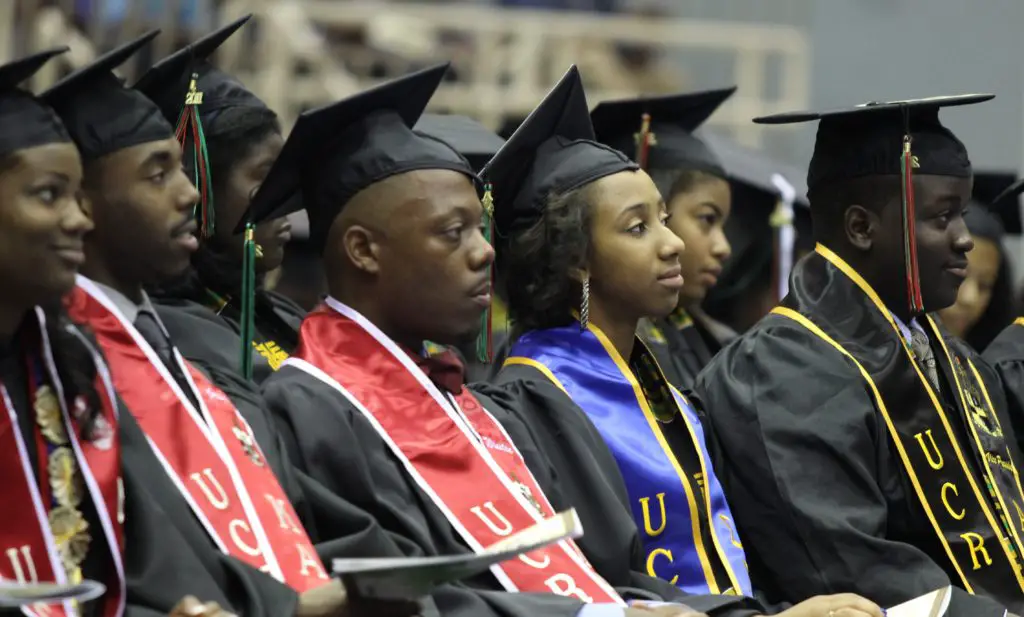The mounting student loan debt is disproportionately affecting the borrowers of color leading to racial wealth and income gaps, a new joint report Center for Responsible Lending (CRL) and the National Association for the Advancement of Colored People (NAACP) revealed.
Titled Quicksand: Borrowers Of Color & The Student Debt Crisis, the report pointed to a significant difference in loans taken by students across racial and ethnic groups. From the 2016 cohort of graduates, 84.9 percent of black students graduated with a student loan debt of $33,993 while 66.3 percent of Latinos graduated with $25,452 in loans. On average, 69.4 percent of white students graduated with $30,093 in debt.
After graduation, the borrowers of color have a harder time repaying their debts due to job discrimination and low-income levels in comparison to their white peers.
“Structural racism has made it more difficult for African American students to economically, educationally and otherwise catch up with their white counterparts,” said Hilary O. Shelton, NAACP Washington Bureau Director.
“Despite making regular payments, many African American students who have attended college are disproportionately drowning in debt.”
Most of those who took student loans graduated from for-profit colleges with an average debt of $39,900. For-profit colleges mostly target African American students with expensive and low-quality programs that result in lower employment opportunities leading many borrowers in debt trap. By 2024, the study anticipates 70 percent of black students will have defaulted on their loans.
“For African American borrowers who entered higher education in 2003–2004 as undergraduates, almost 49% had defaulted by 2016. Up to 70% of this cohort is projected to default by 2024,” the report stated.
Recent studies have also shown that student loans negatively affect the wealth accumulation of black and Hispanic adults who owed an average of $14,670 when they graduated, compared to $2,946 for students of other races. Among black students, 55 percent of males and 45 percent of females default on their loans within 12 years of starting college. This number stands at 35 percent for both male and female Latino students.
“Today, the Department of Education under the current Administration is not only failing to help close the racial wealth and income gap, but it is perpetuating the problem,” said Debbie Goldstein, Executive Vice President at the Center for Responsible Lending.
The report pitched for various measures to address the student debt crisis by making debt-free college options available for students at two- and four-year HBCUs and public institutions including debt relief and improving the repayment options. It also recommended reform in student loan servicing by setting clear standards and holding abusive for-profit schools accountable for student performance.
Education Fund Releases 10 Policy Briefs for Civil Rights in Higher Ed.

